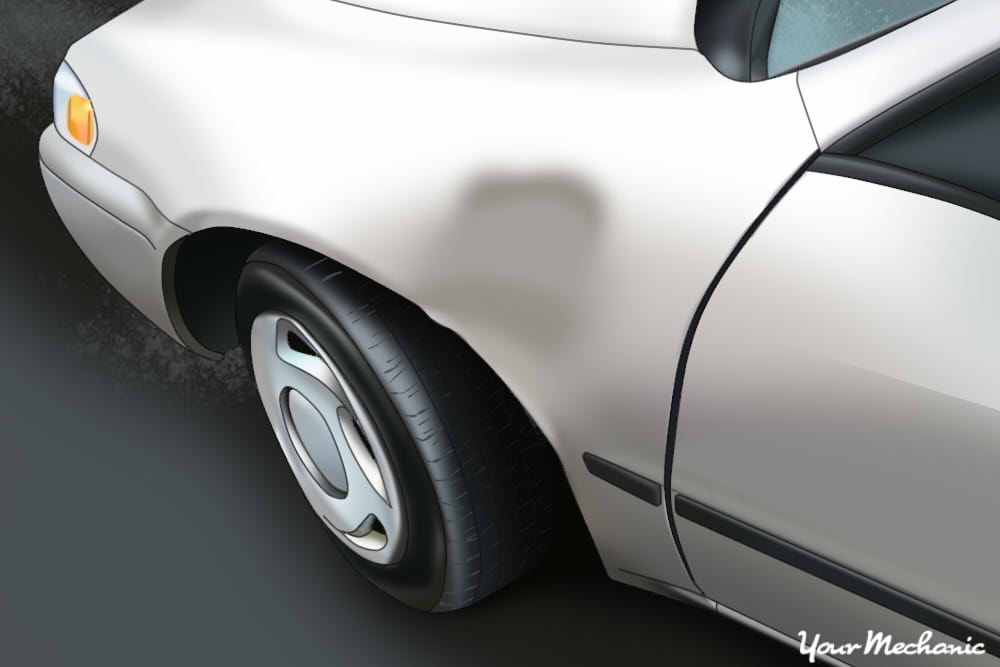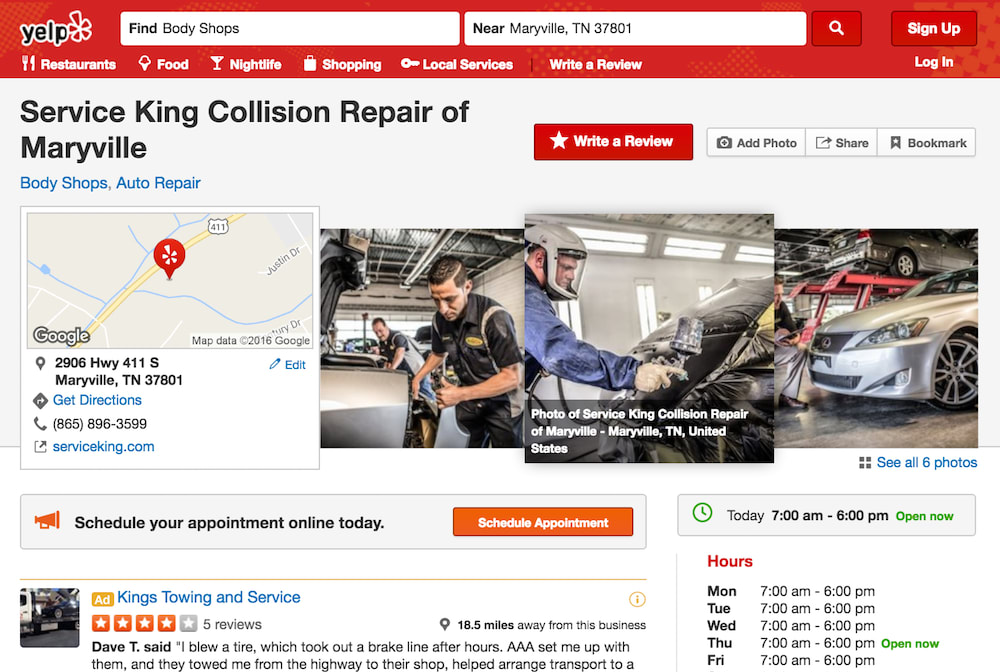

Even the safest drivers can get into an accident, especially if you drive your car on a daily basis. But, hopefully, after an accident the damage isn’t too bad and your vehicle isn’t deemed a total loss by your insurance company. If the car isn’t totaled, repairs are usually an option, but body work can be fairly costly. This is why insurance is important to have, as it will help cover the expenses. Choosing the right place to get the work done can be another challenge, but by following these steps, the whole process should go a lot smoother.
Part 1 of 3: Compare multiple repair shops
This part of the process can vary slightly depending on the cause of the damage. But, regardless of the damage, you should get input from multiple shops, unless you are going somewhere you absolutely trust.
Step 1: Find out if the damage is covered by the other party’s insurance. If another driver caused the damage and has insurance to pay for it, expect their insurance to spend as little as possible.
Even small dents in the bumper can damage the absorption material underneath, weakening it for any future collisions. This is why it’s important to have everything checked out under the bumper skin instead of just replacing the damaged area.
In many states, the insurance company has to go with your choice if you are not satisfied with what they decide to do, so be sure to use this to your advantage to get the job done right.
Step 2: Find out if the accident can be covered by your insurance. You’ll want to follow similar guidelines if you are the one paying for repairs.
If the other party does not have insurance or the accident was your fault, you have to rely on your insurance company to take care of any damaged vehicles. Not only do you want to find a good price, but you want to make sure the correct repairs are being performed.
Step 3: Compare prices. If two different places are telling you different things, take it to a third shop to get the damage checked out again and see what they say.
This way, if two of the three places are recommending similar repairs, you have more confidence in your decision of where to get the damage fixed.
Part 2 of 3: Research your car and the repair shops you’ve chosen
Once you have a few repair shops that you are interested in, it is time to choose a shop to take your damaged vehicle to. Other considerations include the distance of the repair shop from your home or office, what the repair normally costs compared to what the repair shop is asking, and the amount of time each repair shop expects it to take to fix your vehicle.

Step 1: Look up body shops near you. Using Google Maps or another mapping program, check to see which repair shops are closest to your location.
If you do not have access to the Internet, use your local Yellow Pages to find a list of shops. You can also call the repair shops you are interested in to determine their location. You should also ask your friends, family, and coworkers if they have any repair shops they recommend.
Keep in mind, just about every body shop will have a Yelp or Google page where you can look at comments and reviews about the particular shop. Use these resources to help make your decision of where to get your vehicle fixed.
It might be better to spend a little more money on a higher-rated shop so you know that the work gets done correctly.
Step 2: Know roughly how much it should cost. Research your vehicle a little bit as well.
Chances are, someone else out there with the same kind of car has had similar damage to yours and has posted somewhere about it. Their experience can help you determine what kind of repairs should be performed and if the estimates you’ve received compare to what they paid.
Part 3 of 3: Find out the types of materials being used for the repair
In addition to the overall cost, you should also find out what kind of parts and materials are being used for the repair. Most repair shops should repair your vehicle to the point that any damage from an accident is not evident.
Step 1: Check the paint used. You want to make sure the shop is using a high-quality paint that will stand the test of time.
Most shops should be using a good quality brand, but it’s good to know exactly what’s being used on your car. Typically, you’ll want to go for any blending options that help match the newly painted parts to the rest of the old paint.
Step 2: Check the replacement parts. As for any pieces being replaced on the body, the OEM is usually the best option, but there may be less-expensive alternatives.
It is possible to pull bumpers off of junked cars if they are in good shape, but this depends on availability.
Finding the right body shop to repair damage to your vehicle requires you to spend some time researching the repair shops in your area, how much they want to charge for the repair, and how much the repair usually costs. Using that information, you can make an informed decision about which body shop is best for you. If you need any advice on how to get body damage repaired on your vehicle, Ask a Mechanic for some quick, useful advice to help determine your options.



